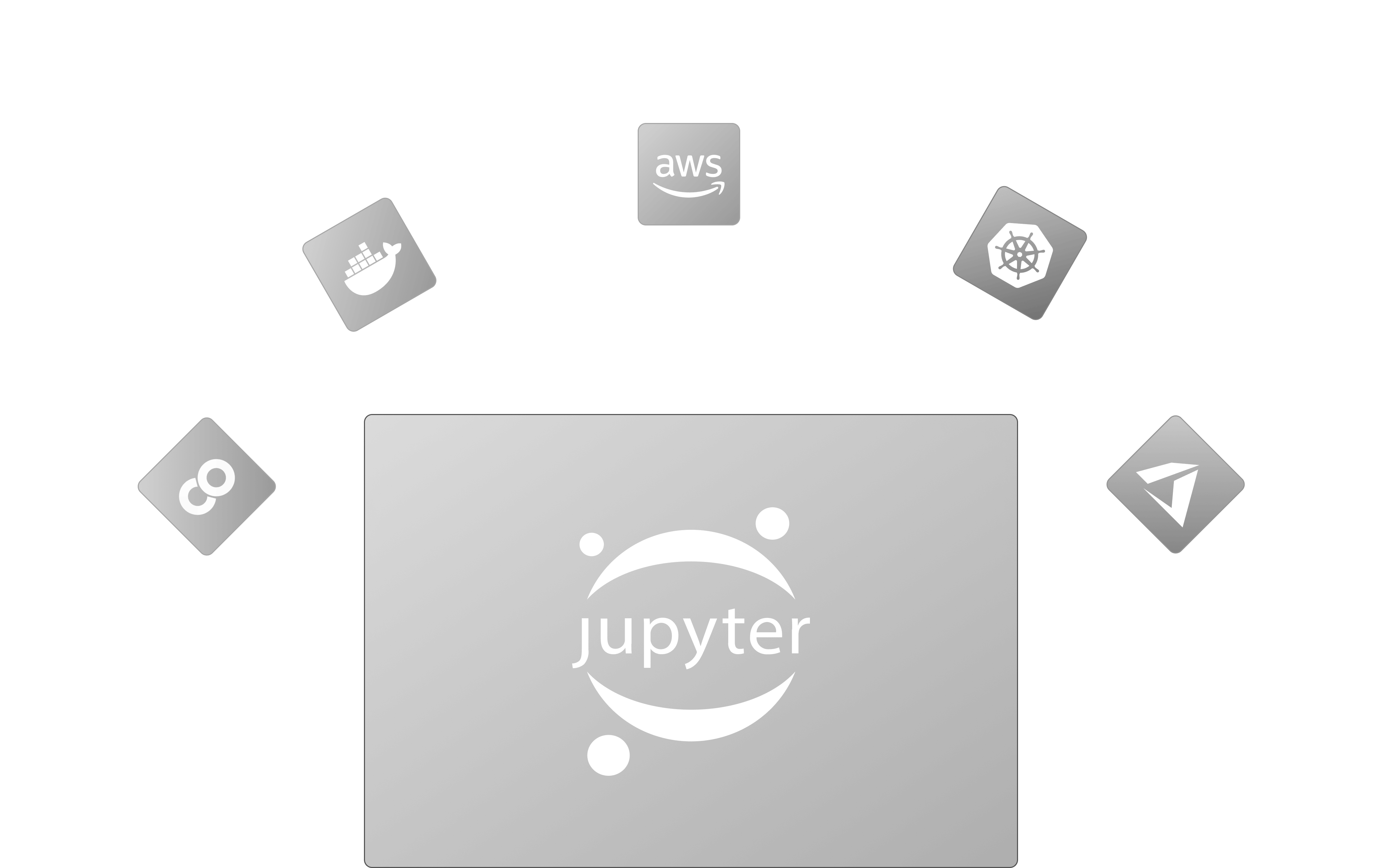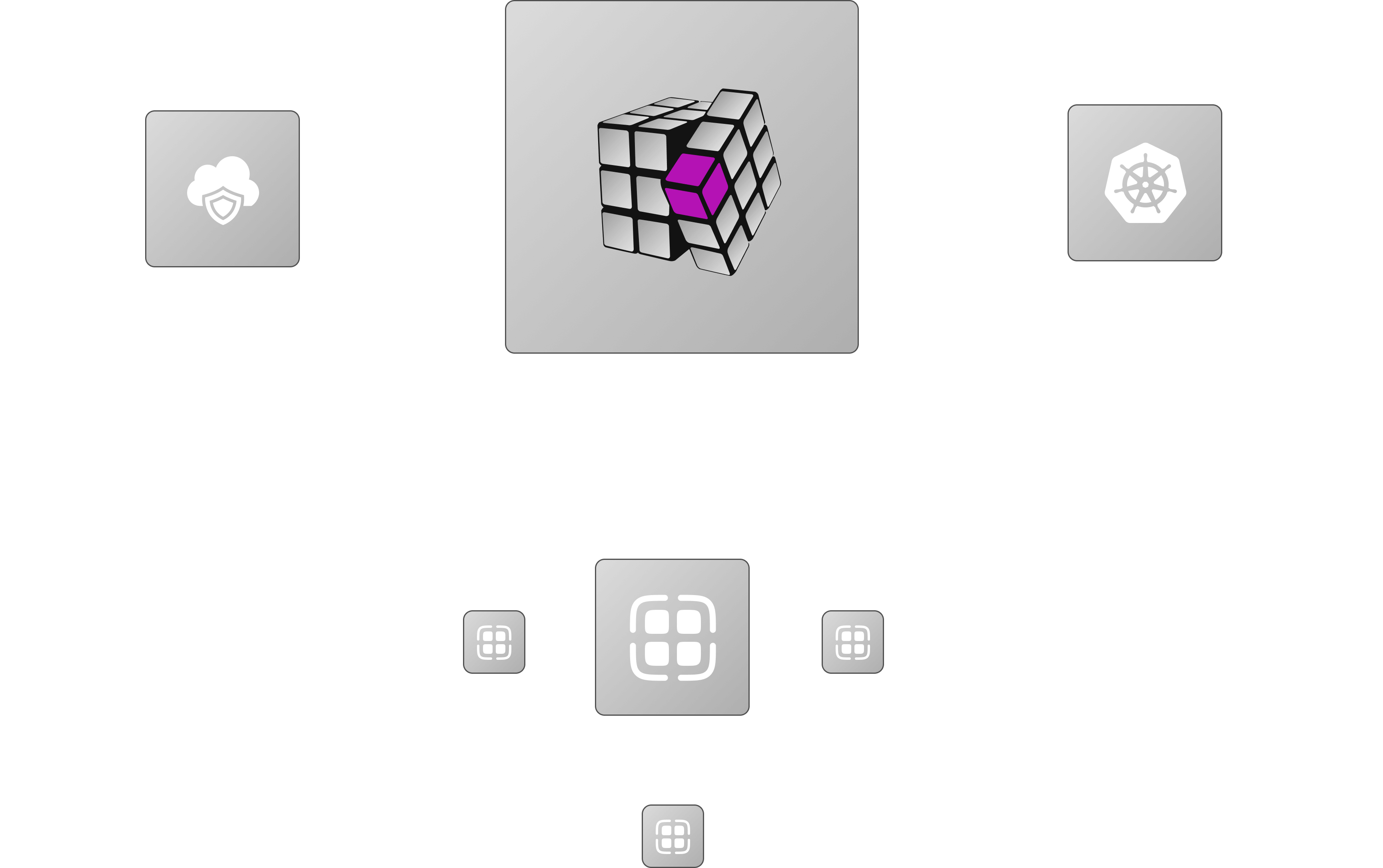
Grown out of your monolith Jupyter setup?
In this article, we’ll explore the telltale signs that it’s time to move beyond your basic setup, discuss the options available for scaling, and offer best practices for making the transition to a more robust Jupyter environment. Whether you need better performance, multi-user access, or advanced resource management, we’ve got you covered. It’s time to evolve and future-proof your Jupyter workflows.














